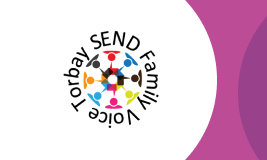

Last Updated - February 4, 2025
What is meant by Neurodiversity?
All human beings can be described as neurodiverse. We vary in the way our brains work. We take in information in different ways. We process it in different ways and therefore, we behave in different ways.
When we talk about neurodivergence, this covers a wide range of neurological differences which may either enhance or be a barrier to learning. These differences can affect a number of developmental areas and be observed as characteristic that are indicative of Autism, ADHD, Dyslexia, Dyspraxia, Dyscalculia, Classic Tic Disorders, Developmental Coordination Disorder, Intellectual Disability and Developmental Language Disorder (DLD).
These differences can affect a number of developmental areas. The young person may or may not choose to self-describe in this way.
Having a common understanding of neurodiversity among education, health and social care staff working with children and young people is important, as well as acknowledging how it is integral across all areas of the Graduated Response.
Therefore, this section on neurodiversity should not be read on its own. Education, health and social care staff working with neurodivergence should read the Graduated Response for cognition and learning; speech, language and communication needs; social, emotional and mental health; and sensory and physical needs.
It is important that all professionals refer to the other need toolkits of the Graduated Response for detailed strategies and interventions related to key areas of need.
Parents and carers should be seen as the experts in their own Child or Young person’s needs.
View and/or download the Neurodiversity Needs Toolkit
